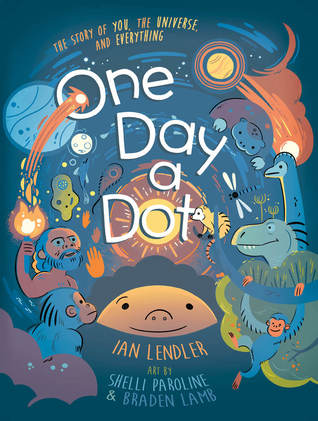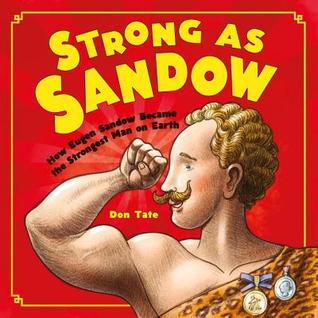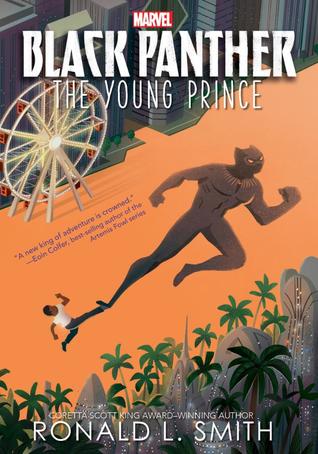
🌟 Gr. K-3 This book collects twelve of Wright’s outstanding haiku, written 50 years ago and still available in the anthology, Haiku: The Last Poems of an American Icon. The poems offer a view of the world through the lens of his experience, but the appreciation of nature and the emotions felt in such moments have a universal appeal. Crews uses photocollage to illustrate each scene. She explains, “I photographed African American boys for this book, because I wanted the reader to imagine the world through a young brown boy’s eyes.” Crews shows familiar scenes of boys playing on a shady porch, walking a dog, or writing in snow with a mittened finger. Her chosen medium emphasizes how haiku creates snapshots of single instances or feelings. The final poem ends with the phrase “seeing into tomorrow,” which inspired the book’s title. On the page readers will see a young boy gazing up into a brilliant blue sky as if he can glimpse the future. An archival photo of Wright reading to his young daughter accompanies the introduction, and a brief biography of Wright along with a list for further reading is in the back matter. VERDICT: A must for all children’s collections. These verses are an introduction to haiku as well as an entry point into Wright’s work; they can be read aloud to younger children or enjoyed independently by older readers.
Wright, Richard & Nina Crews. Seeing into Tomorrow. illus. by Nina Crews. 32p. further reading, photos. Millbrook. Feb. 2018. Tr $19.99. ISBN 9781512418651.
My review of this book was originally published in the January 2018 issue of School Library Journal, p. 108.


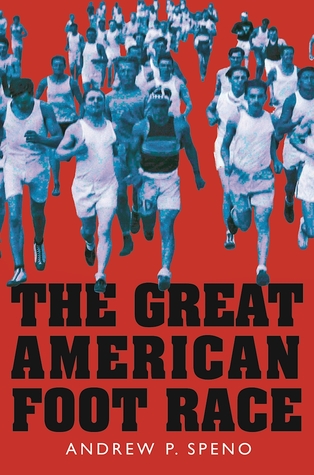















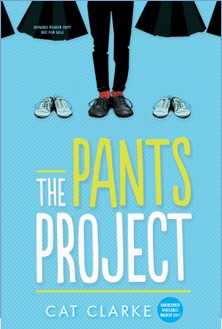 z
z